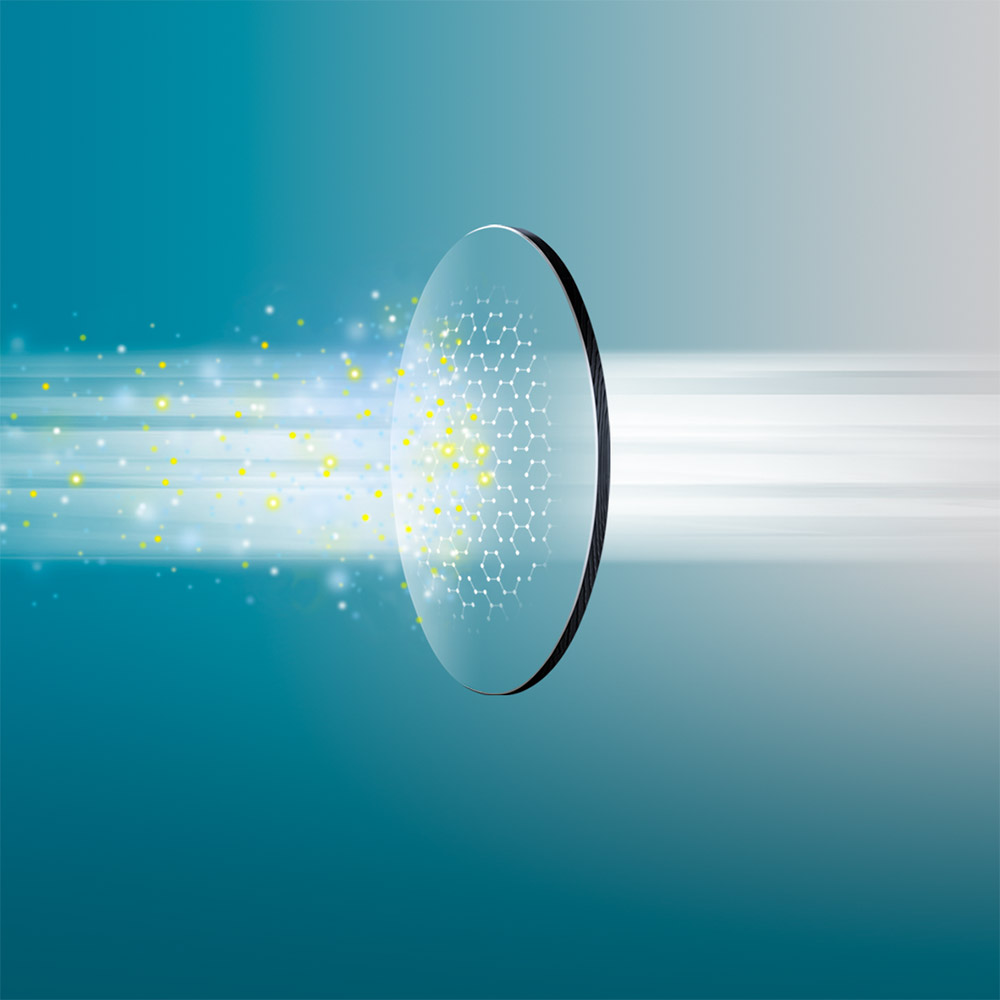Understanding eye fatigue
Just like strenuous activity makes our bodies tired, our eyes are no different.



Sometimes, vision difficulties are not caused by a permanent condition of the eye. Instead, these problems are caused by excessive and/or prolonged use of vision, resulting in eye fatigue. Our modern lives involve nonstop usage of smartphones, computers and similar devices – and all take a toll on our eyes. The American Optometric Association calls this computer vision syndrome, or digital eyestrain. People who look at screens two or more hours in a row every day are the most at risk for this condition.
The natural autofocus system of the eye that we use for near vision is based on muscular effort. Eye fatigue is primarily a muscular fatigue that happens when we struggle to see clear while performing near-distance activities, such as reading and using a screen-based device.
In some cases an underlying eye problem, such as uncorrected vision, can cause or worsen computer eyestrain. To ease eye fatigue, you should always start by wearing proper eyeglass lenses.
Nikon has been a pioneer in the area of eye fatigue, offering lenses that bring relief and reduce strain as well as limiting the impact of digital technologies on the eye.
PRECONCEIVED IDEA
When you have a vision problem, not wearing your glasses from time to time helps your eyes work. FALSE
Avoiding wearing glasses causes the muscles of the eyes to work even harder and can lead to unnecessary fatigue.
Blue light and digital eye strain
- How much time do you spend in front of screens?
- How do you protect your eyes against screens’ harmful light?
Light is at the heart of everything we see and yet, some lights can be harmful. UVs and blue light are naturally present in our environment because of the sun. In fact, the sun is the largest source of blue light.

But blue light is increasingly becoming omnipresent in our environment, due to the wide-spread use of digital devices & artificial lightings.
Indeed, many of today’s electronic devices use LED back-lit technology to enhance brightness & clarity, which in the end causes our eyes to be exposed to harmful blue light most hours of the day.

Short term : may contribute to visual fatigue (1)(2)(3) ,with symptoms that include blurry vision, difficulty focusing, dry and irritated eyes, neck and back pain etc.
Long term : may be a risk factor for age-related eye disease, eg. age-related macular degeneration (4)(5).
Nikon develops blue light protection solutions that keep up with the high-speed pace of our modern, digital lives.

Discover Pure Blue UV, a breakthrough light purification technology that captures invisible danger that you cannot see whilst simultaneously ensuring unmatched aesthetics.
2. Ide t. et al. “effect of blue light-reducing eye glasses on critical flicker frequency” – 2015 asia- pacific journal of ophthalmology 4: 80-85
3. Isono h. et al. “the effect of blue light on visual fatigue when reading on led-backlit tablet lcds” (2013) proceedings of international display workshops
4. Dawson, et al, local fundus response to blue (led and laser) and infrared (led and la
